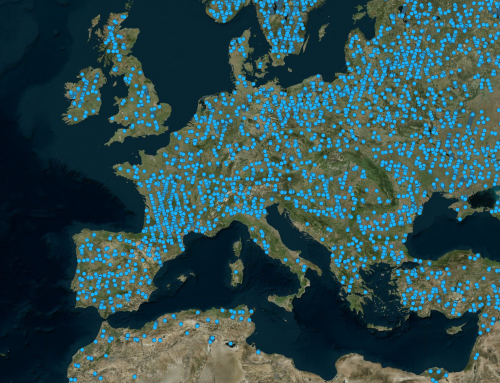Specification, prototyping and scientific validation of IASI-NG processing suite
The mission allows the monitoring greenhouse gases, clouds, aerosols, ozone and trace gases.
Project details
Categories:
Tags:
Atmosphère, IASI-NG, Infrared, Interferometer, MetOp-SG, Numerical Weather Prediction, System performance simulator
Share this project:
Specification, prototyping and scientific validation of IASI-NG processing suite
The mission allows the monitoring greenhouse gases, clouds, aerosols, ozone and trace gases.
Project details
Categories:
Means used
NOVELTIS supports CNES in the elaboration and validation of the system performance simulator of IASI-NG mission:
Results
A new methodology has been prototyped and validated for the spectral shift estimation on earth view spectra. The prototype for the instrument spectral response function estimation has been developed. All the algorithms involved in the on-ground processing of the system performance simulator have also been validated.
Client / Partner(s)





